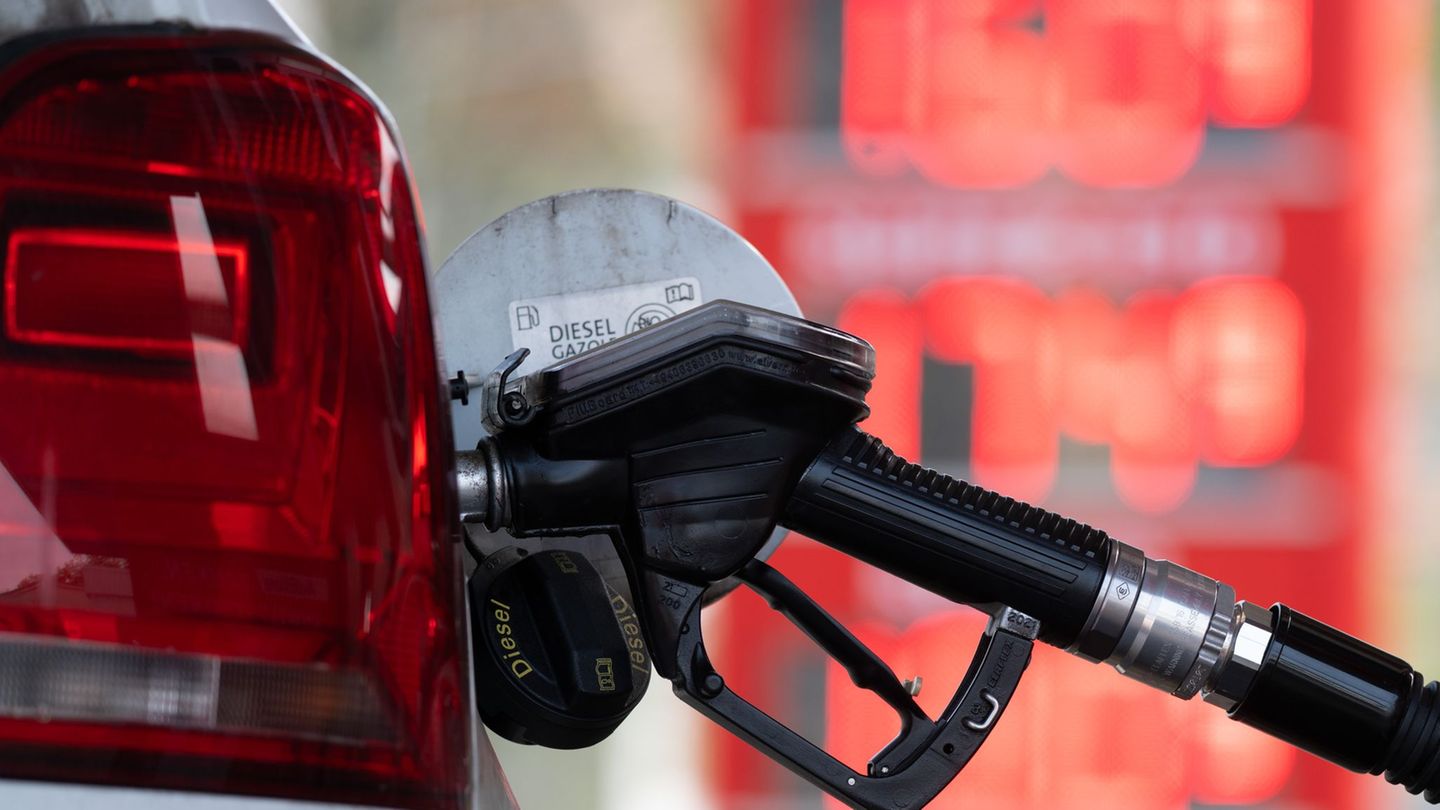Weather extremes are having a major impact on the harvest of the 2024 vintage in Germany. Experts expect fresh and slightly lighter wines with pronounced fruit.
The grape harvest in Germany this year is expected to be lower than it has been since 2017. Around 7.9 million hectoliters of wine must are expected, as the German Wine Institute in Bodenheim, Rhine-Hesse announced. The basis is an estimate from the German Winegrowers Association.
That would be around ten percent less than the ten-year average of 8.8 million hectoliters – and around nine percent less than in 2023. The last time there was a similarly low yield was in 2017 with 7.5 million hectoliters.
Late frosts, lots of rainfall, hail and changes in weather: the amount of grapes harvested fluctuates between normal yield and total loss depending on the growing region and grape variety. The year-on-year losses were particularly severe in the growing areas in Saxony (minus 70 percent) and Saale-Unstrut (minus 73 percent). Producers on the Ahr also had to accept exceptionally high losses (minus 64 percent).
The biggest losses were in the east and on the Ahr
On the Moselle, large-scale hailstorms in May hit yields so badly that the smallest harvest volume in 50 years is expected there (minus 30 percent). The April frost also left its mark along the slopes of the Rhine and Nahe as well as in larger parts of Franconia (minus 19 percent) and Württemberg (minus 25 percent).
The two largest German wine-growing regions, Rheinhessen and Palatinate (minus four percent), were largely spared from frost. Rheinhessen is the only one of the 13 growing regions with a slight increase (seven percent).
The rainy year means that “extract-rich wines with pronounced minerality” can be expected. The long ripening phase also had a positive effect on the aroma formation in the berries.
Source: Stern




